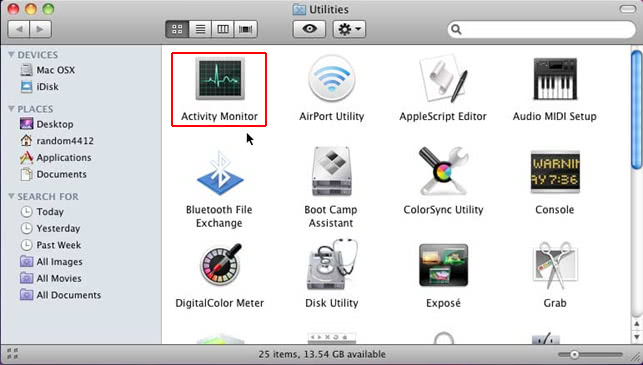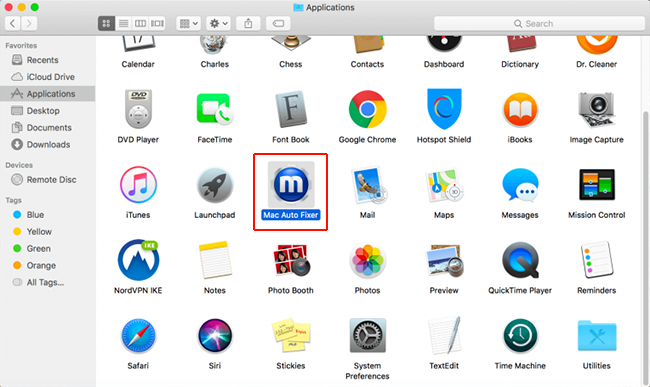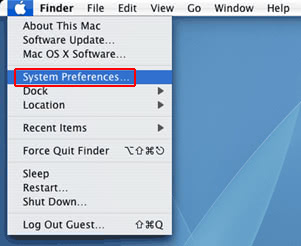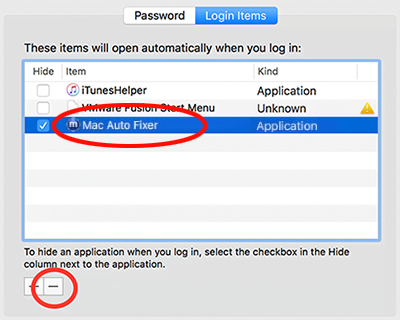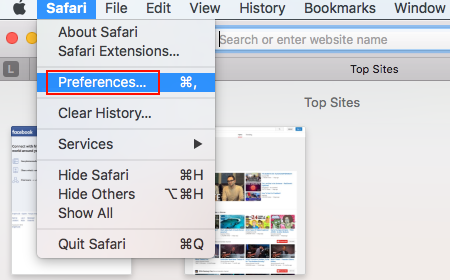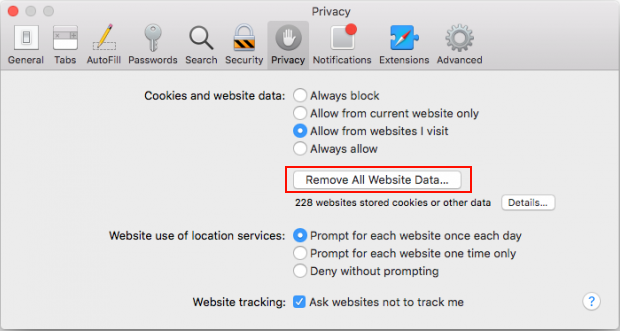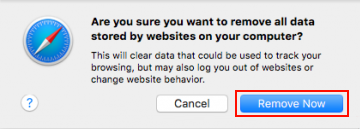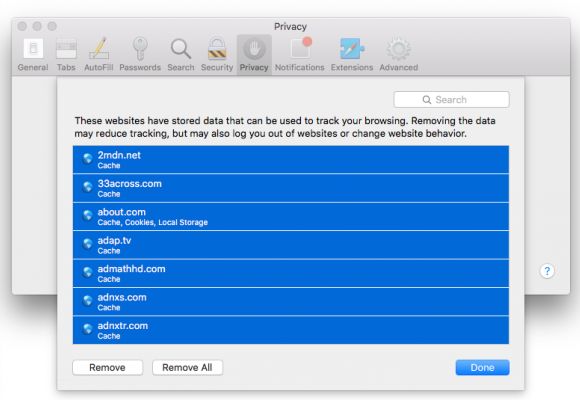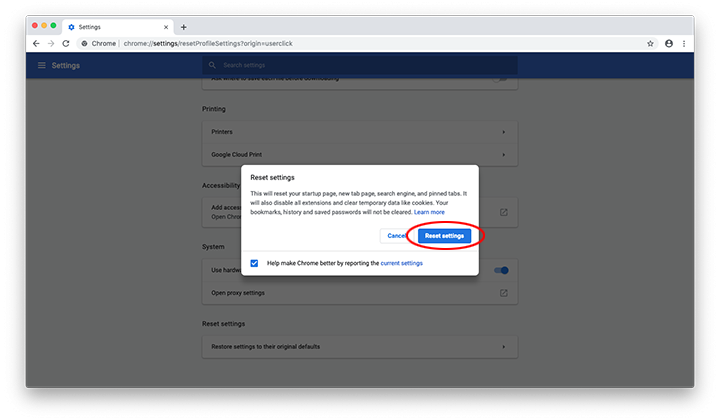Find out why Advanced Password Manager is categorized as a potentially unwanted Mac app and get an effective way to get rid of this scareware on Mac.
Advanced Password Manager is an application that’s too controversial to describe in one brief paragraph. On the one hand, it seems like a commonplace cross-platform solution to handle one’s sensitive account credentials and ensure identity protection. On the other, its reputation has been undermined by user feedback stating that the software enters Mac computers without proper authorization. There are also well-grounded doubts about trustworthiness of the scan reports generated by this applet – it arguably raises red flags on issues that don’t exist for real. So, what’s the truth? It’s somewhere in between. Advanced Password Manager might go equipped with some identity defense features, but that’s just for show rather than a reflection of the developers’ mission. The real intensions in this case come down to making people pay to fix the issues that aren’t there.

The way this misleading application infiltrates Mac machines is inherent to a vast majority of scareware and adware in the wild. Its payload constitutes installation packages for other, unrelated programs. Most of the time, it’s some eye-catching freeware that serves as the smokescreen for the intrusion. The default (recommended) install option is predefined to drag several items inside rather than only one the victim thinks he or she is installing. As a result, the bundle enters a Mac without the user’s knowledge and consent, although they technically accept these terms by clicking “I agree” and “Next” headlong on the setup client multiple times. Once inside, the Advanced Password Manager virus creates a new entry in Login Items so that its process is executed at boot time. It also installs and enables an affiliated add-on in all web browsers found on the Mac. This is allegedly required for complete protection of the admin’s online accounts and for the form autofill feature to take effect. However, the extension will eavesdrop on the user’s Internet activities and may tweak the browsing settings to redirect the web traffic to unwanted sites.
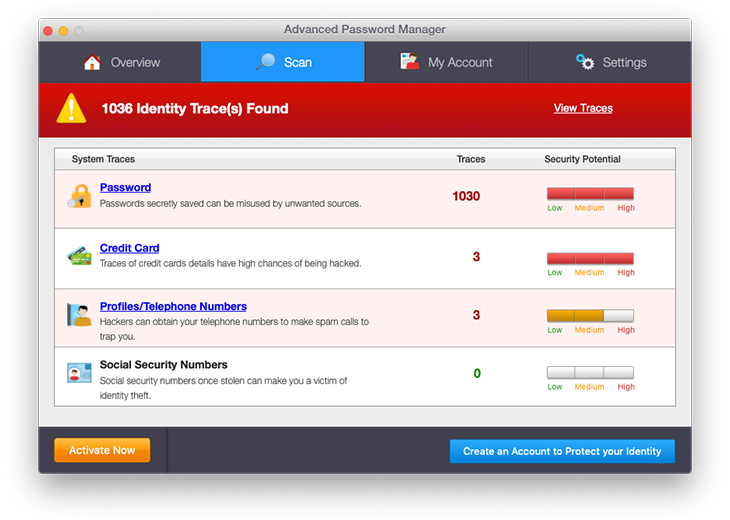
When up and running on a host Mac, Advanced Password Manager will also make itself felt through irritating popups and scans. The latter pretend to look for various traces of the user’s confidential data, including stored passwords, credit card details, telephone numbers, SSNs (Social Security Numbers), and other fingerprintable stuff. Then, under the guise of efforts to prevent identity theft and inundation of the system with redundant files, the scareware will report numerous identity traces and junk while emphasizing that they may lead to serious consequences unless deleted or securely locked in a vault safeguarded by the entropy of AES cryptography. That’s the pivot of the whole attack, because the associated service presupposes payment. In case the victim refuses to register their copy of the product, the culprit will shell their computer usage experience with a slew of popup reminders and alerts.
Lots of infected users have been also reporting error messages right after computer startup that say, “Advanced Password Manager quit unexpectedly”. This is a consequence of the infection modifying system settings in a faulty way. To top it all off, the pest tends to slow the Mac down to a crawl, especially during the unannounced scans. This isn’t really because it’s doing a resource-heavy job of checking the computer for actual perils and unneeded data – instead, that’s part of the tactic to demonstrate that the system allegedly requires quite a bit of optimization. Under the circumstances, the best option is to uninstall Advanced Password Manager from infected Mac and remove the troublemaking browser helper objects it added. Here’s a tried-and-tested technique that helps tackle the problem.
Advanced Password Manager virus manual removal for Mac
The steps listed below will walk you through the removal of this potentially unwanted application. Be sure to follow the instructions in the order specified.
- Open up the Utilities folder as shown below

- Locate the Activity Monitor icon on the screen and double-click on it

- Under Activity Monitor, find the entry for Advanced Password Manager, select it and click Quit Process
- A dialog should pop up, asking if you are sure you would like to quit the Advanced Password Manager executable. Select the Force Quit option
- Expand the Go menu in Apple Finder and select Go to Folder
- Type or paste the following string in the folder search dialog: /Library/LaunchAgents

- Once the LaunchAgentsdirectory opens up, find the following entries in it and move them to Trash:
- com.AdvancedPasswordManager.agent.plist
- com.APM.agent.plist
- com.AdvancedPasswordManager.mcphlpr
- com.APM.mcphlpr
- Use the Go to Folder lookup feature again to navigate to the folder named ~/Library/LaunchAgents. When this path opens, look for the same entries (see above) and send them to Trash
- Similarly, go to the ~Library/Application Support folder. Locate and move the following entries to Trash:
- AdvancedPasswordManager
- helperapm
- hlprapm
- hlpradvancedpasswordmanager
- Click the Go button again, but this time select Applications on the list. Find the entry for Advanced Password Manager on the interface, right-click on it and select Move to Trash. If user password is required, go ahead and enter it

- Now go to Apple Menu and pick the System Preferences option

- Select Accounts and click the Login Items button. The system will come up with the list of the items that launch when the box is started up. Locate Advanced Password Manager there and click on the “-“ button

Get rid of Advanced Password Manager add-ons in web browser on Mac
To begin with, settings for the web browser that got hit by Advanced Password Manager should be restored to their default values. The overview of steps for this procedure is as follows:
- Reset Safari
- Open the browser and go to Safari menu. Select Preferences in the drop-down list

- Once the Preferences screen appears, hit the Privacy tab at the top. Find the option that says Remove All Website Data and click on it

- The system will display a confirmation dialog that also includes a brief description of what the reset does. Specifically, you may be logged out of some services and encounter other changes of website behavior after the procedure. If you’re okay with that, go ahead and click the Remove Now button

- In order to selectively clear data generated by certain websites only, not all of them, hit the Details button under the Privacy section of Safari Preferences

- This feature will list all websites that have stored potentially sensitive data, including cache and cookies. Select the one, or ones, that might be causing trouble and click the appropriate button at the bottom (Remove or Remove All). Click the Done button to exit.
- Open the browser and go to Safari menu. Select Preferences in the drop-down list
- Reset Google Chrome
- Open Chrome, click the More (⁝) icon in the top right-hand part of the window, and select Settings in the drop-down
- When on the Settings pane, select Advanced
- Scroll down to the Reset settings section. Under the Restore settings to their original defaults option, click the Reset settings button

- Confirm the Chrome reset on a dialog that will pop up. When the procedure is completed, relaunch the browser and check it for malware activity.
- Reset Mozilla Firefox
- Open Firefox and select Help – Troubleshooting Information
- On the page that opened, click the Reset Firefox button

Use automatic tool to uninstall Advanced Password Manager virus from your Mac
The Mac maintenance and security app called Combo Cleaner is a one-stop tool to detect and remove Advanced Password Manager virus. This technique has substantial benefits over manual cleanup, because the utility gets hourly virus definition updates and can accurately spot even the newest Mac infections.
Furthermore, the automatic solution will find the core files of the malware deep down the system structure, which might otherwise be a challenge to locate. Here’s a walkthrough to sort out the Advanced Password Manager issue using Combo Cleaner:
- Download Combo Cleaner installer. When done, double-click the combocleaner.dmg file and follow the prompts to install the tool onto your Mac.
By downloading any applications recommended on this website you agree to our Terms and Conditions and Privacy Policy. The free scanner checks whether your Mac is infected. To get rid of malware, you need to purchase the Premium version of Combo Cleaner.
- Open the app from your Launchpad and let it run an update of the malware signature database to make sure it can identify the latest threats.
- Click the Start Combo Scan button to check your Mac for malicious activity as well as performance issues.

- Examine the scan results. If the report says “No Threats”, then you are on the right track with the manual cleaning and can safely proceed to tidy up the web browser that may continue to act up due to the after-effects of the malware attack (see instructions above).

- In case Combo Cleaner has detected malicious code, click the Remove Selected Items button and have the utility remove Advanced Password Manager threat along with any other viruses, PUPs (potentially unwanted programs), or junk files that don’t belong on your Mac.

- Once you have made doubly sure that the malicious app is uninstalled, the browser-level troubleshooting might still be on your to-do list. If your preferred browser is affected, resort to the previous section of this tutorial to revert to hassle-free web surfing.


